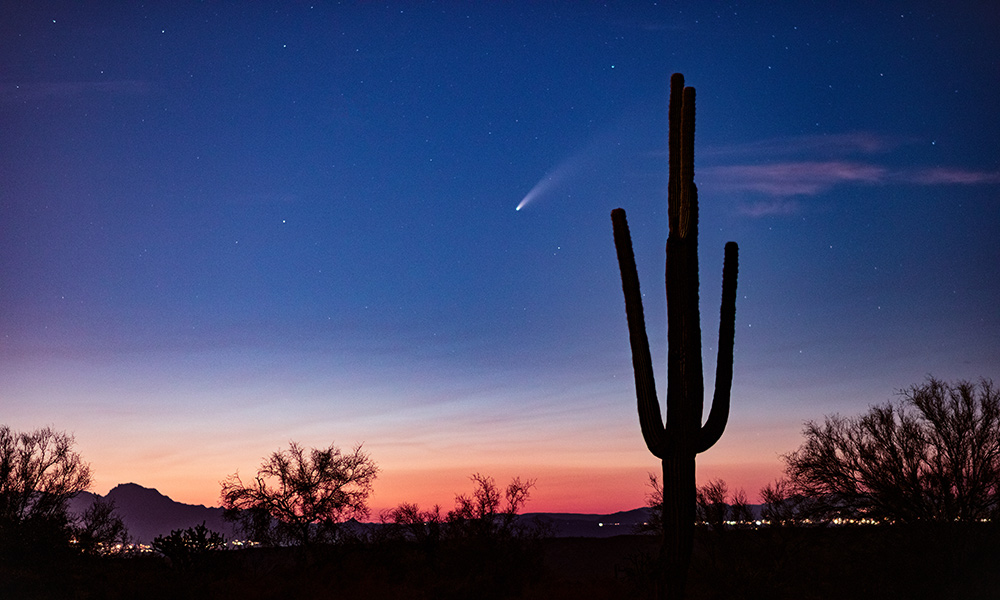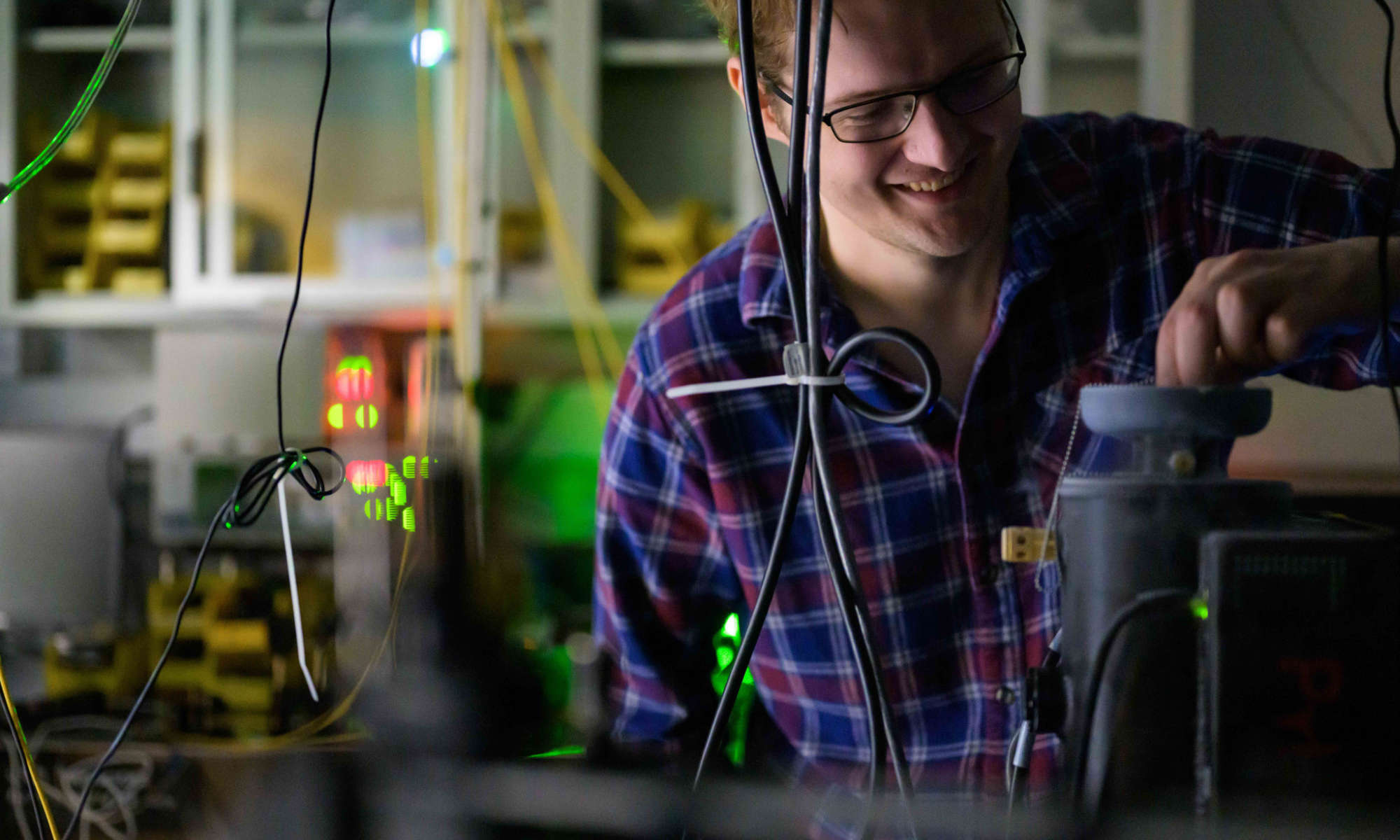For much of July, observers in the Northern Hemisphere will be able to catch glimpses of a spectacular site just after sunset, as Comet NEOWISE—the brightest comet in decades—streaks across the northwest sky.
Although astronomers can’t predict exactly how long the comet will be visible, it will gradually rise higher above the horizon and will be closest to Earth on July 22 or 23.
How to see Comet NEOWISE
NASA offers these tips for the best ways to view the comet:
- Find a spot away from ambient light, with an unobstructed view of the sky
- Just after sunset, around the time the first stars begin to appear, look up in the northwest sky right below the Big Dipper
- Use binoculars or a small telescope to get the best views
The comet gets its name from a NASA project that uses a space-based infrared observatory to survey outer space near Earth for asteroids and comets that have the potential to be hazardous to our planet. Called the Near-Earth Object Wide-field Infrared Survey Explorer (NEOWISE), the telescope has identified a number of comets—including Comet NEOWISE—even though its viewing zone is fairly small by astronomical standards.
For more than a decade, University of Rochester researchers have worked with NEOWISE scientists on the next iteration of near-Earth-object surveyors. Scientists Judith Pipher, William Forrest, and Craig McMurtry have developed infrared sensors that are expected to be deployed on NASA’s NEO Surveillance Mission, a space-based telescope currently set to launch in 2025. (The project was originally called NEOCam.)
The sensors are composed of four-megapixel camera chips that can collect infrared light emitted by objects such as asteroids and comets within Earth’s vicinity. The new telescope will have a broader field of vision than NEOWISE.
In the meantime, viewers should be sure to catch a glimpse of Comet NEOWISE because the comet will not be seen again for another 6,800 years.
“Only rarely do we have the opportunity to observe a comet with our naked eye or with binoculars,” Pipher says. “Life is so difficult right now, so the chance to see one of the beautiful objects in the universe provides a needed distraction.”
Read more
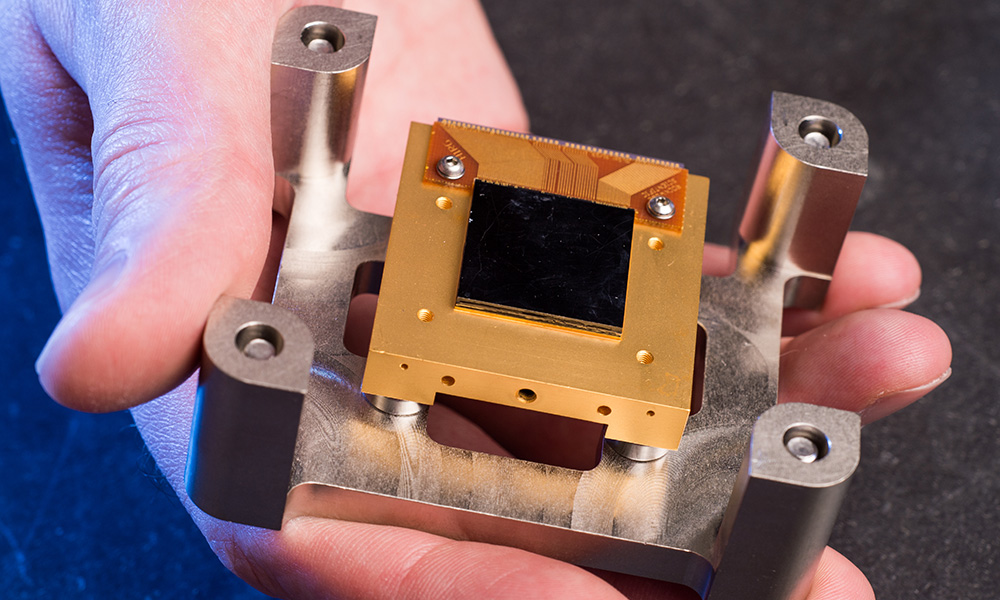 New sensor could help detect asteroids near Earth
New sensor could help detect asteroids near EarthA long-term collaboration between Rochester and the Jet Propulsion Laboratory, together with Teledyne Imaging Sensors, is designing the “eyes” of a space-based asteroid-hunting telescope.
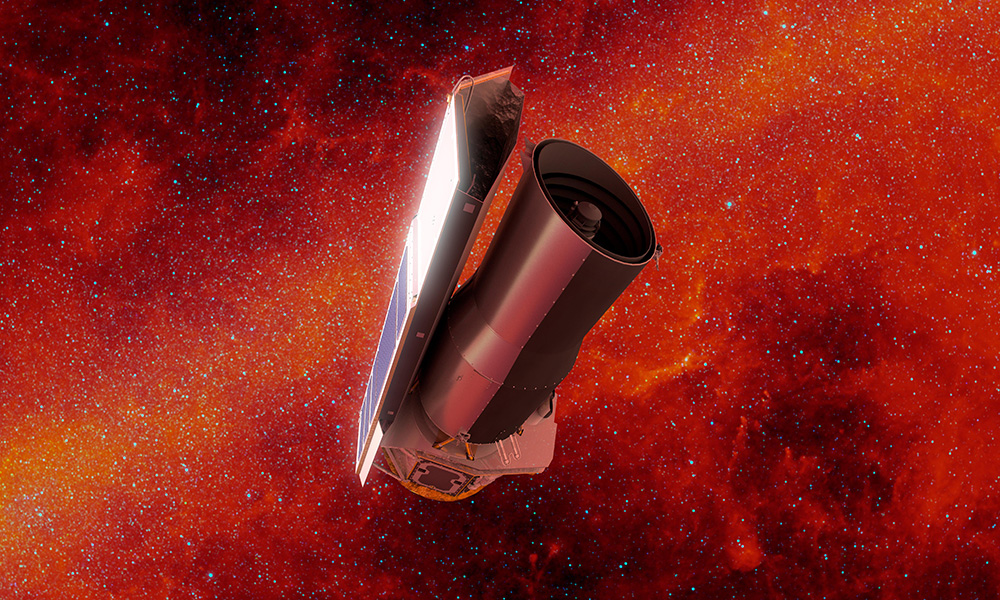
Rochester astronomers reflect on their contributions to Spitzer Space Telescope
As charter members of the Spitzer Space Telescope’s instrument team, Rochester faculty members were deeply involved in the design of two of the telescope’s three instruments:
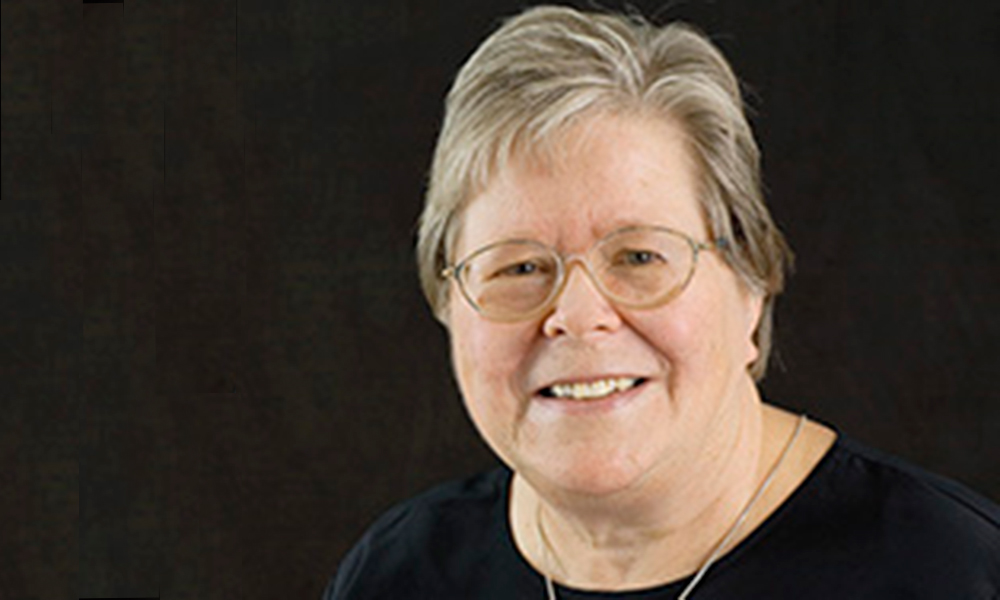
Judith Pipher named to National Women‘s Hall of Fame
Judith Pipher, professor emeritus of physics and astronomy, earned national recognition of her excellence as a teacher and for the exceptional advances she‘s made in the field of infrared astronomy.


